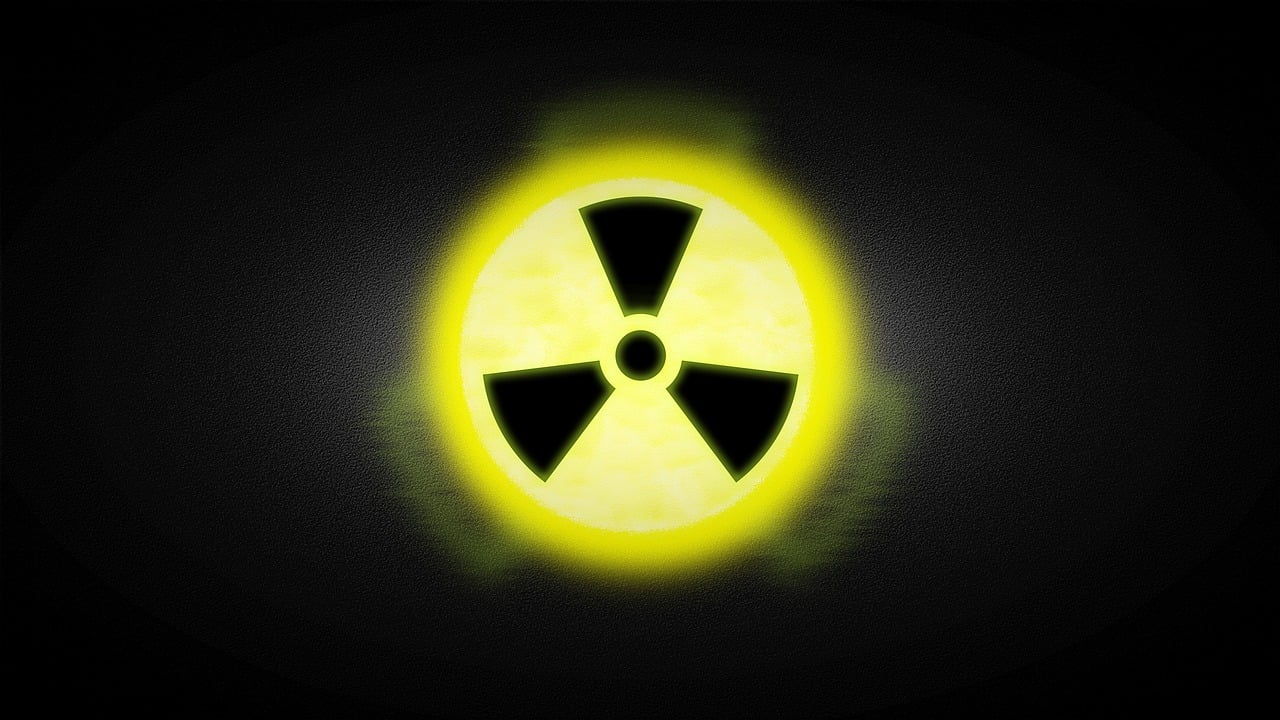Introduction
In the world of materials science, few processes have had as profound an impact as vulcanization. This chemical transformation, discovered by Charles Goodyear in the 19th century, revolutionized the properties of rubber, turning it from a soft and malleable substance into a durable, elastic wonder with applications ranging from automotive tires to industrial seals. This article delves into the intricacies of the vulcanization process, exploring how the combination of heat, sulfur, and accelerators turns raw rubber into a resilient and versatile material.
1. The Nature of Rubber
Rubber, whether derived from natural latex or synthesized in a laboratory, consists of long polymer chains that contribute to its inherent flexibility. In its natural state, rubber is soft and prone to wear and tear, limiting its applicability. Vulcanization acts as a metamorphic process, fundamentally altering the characteristics of rubber to make it more robust and enduring.
2. The Crucial Role of Sulfur
Central to the vulcanization process is sulfur. Small quantities of sulfur are mixed with the rubber compound, serving as the catalyst for a transformative chemical reaction. The addition of sulfur initiates a cross-linking process that binds the polymer chains together, creating a three-dimensional network structure within the rubber.
3. Accelerators: Catalysts for Efficiency
To expedite the vulcanization reaction, accelerators are introduced into the rubber compound. These compounds, such as zinc oxide and organic sulfur-containing substances, act as catalysts that enhance the speed at which sulfur reacts with the rubber. Accelerators play a crucial role in controlling the rate of vulcanization, ensuring optimal results.
4. The Dance of Heat and Chemistry
The vulcanization process is facilitated by the application of heat. The rubber compound, laden with sulfur and accelerators, undergoes a carefully controlled heating process. This can occur in molds, through the injection of steam, or via hot air. The heat not only accelerates the chemical reactions but also shapes the final product.
5. Cross-Linking: Forging Resilient Bonds
As the rubber compound is heated, sulfur bridges form between the polymer chains, creating a cross-linked network. These bridges act as bonds that fortify the structure of the rubber, transforming it into a material with enhanced tensile strength, elasticity, and resistance to wear.
6. Enhanced Properties Unleashed
The effects of vulcanization are transformative. The once pliable and susceptible rubber becomes a resilient material, capable of withstanding the rigors of various environments. Vulcanized rubber exhibits increased resistance to abrasion, changes in temperature, and exposure to chemicals, making it suitable for a myriad of applications.
7. Applications in the Real World
The ubiquity of vulcanized rubber in our daily lives is undeniable. Tires for automobiles, essential for safe and efficient transportation, are perhaps the most iconic application. Beyond this, vulcanized rubber finds its way into conveyor belts, shoe soles, gaskets, seals, and an array of industrial goods, where durability and flexibility are paramount.
8. Quality Control: Precision in Production
Vulcanization is not a one-size-fits-all process. Achieving consistent and reliable results requires meticulous attention to detail. Manufacturers must carefully control variables such as temperature, time, and ingredient proportions to ensure uniform vulcanization and the production of high-quality rubber products.
Conclusion: From Goodyear to Global Impact
The legacy of Charles Goodyear’s discovery lives on in the transformative power of vulcanization. What began as an accidental revelation has evolved into a cornerstone of modern industry. Vulcanized rubber, with its remarkable blend of strength and flexibility, continues to shape our world, proving that the marriage of heat, sulfur, and accelerators can indeed turn raw rubber into a resilient wonder.















